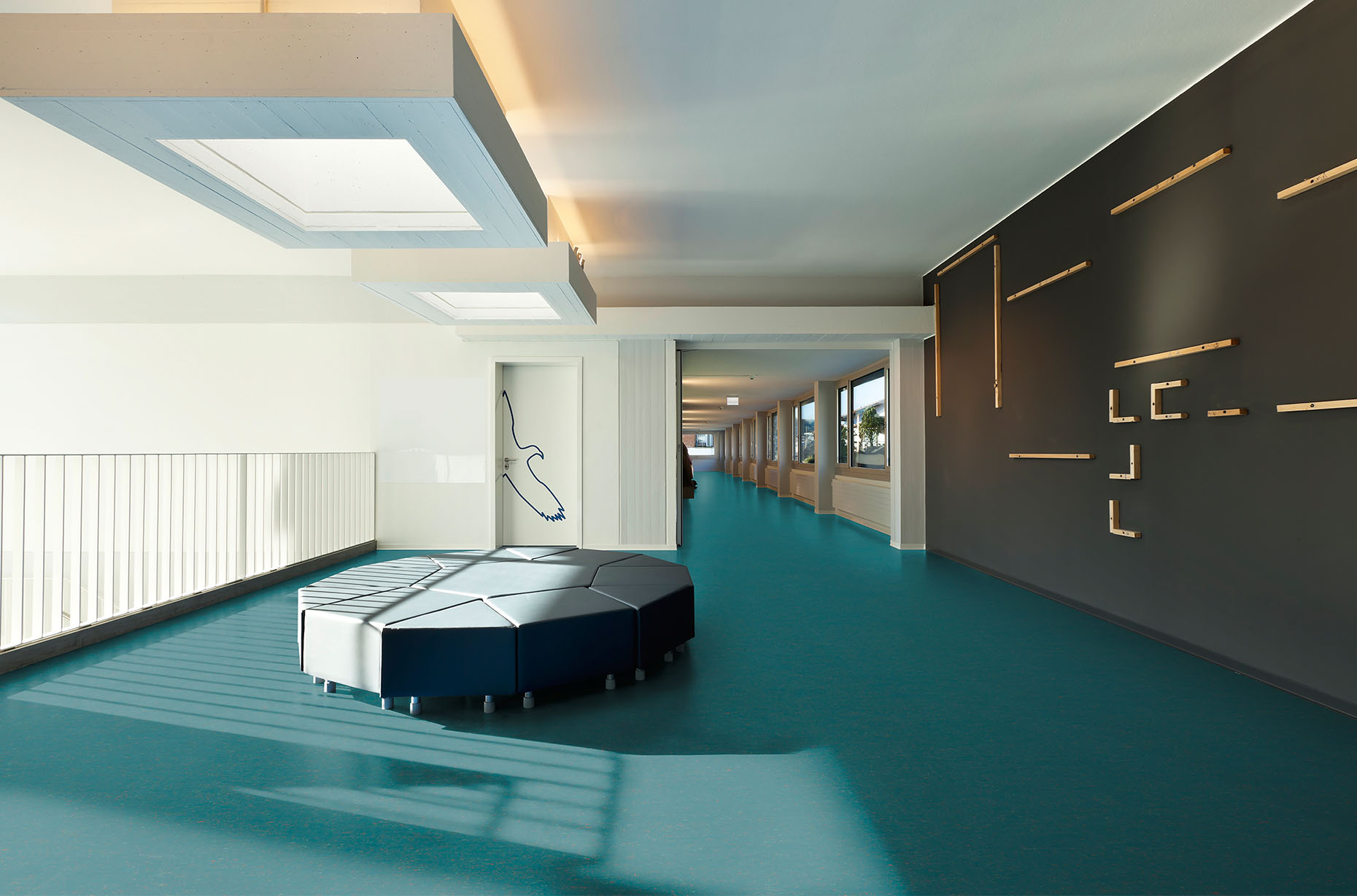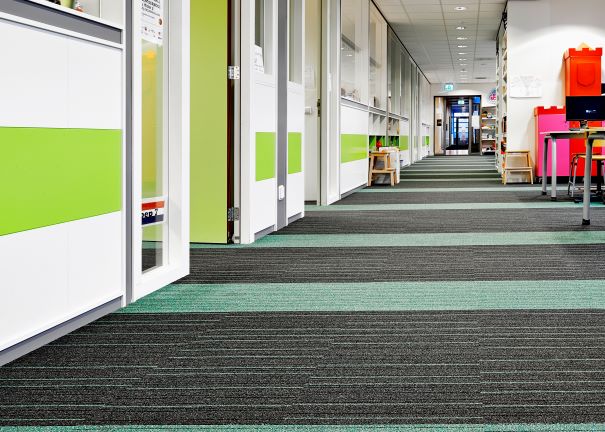Greater awareness of student health and well-being, especially among younger age groups, has put the fabric and environmental performance of school buildings under closer scrutiny. The HEAD project proved categorically that the learning environment really does matter and that whole-school factors such as size and facilities are not as important as the actual design of individual classrooms.
Architects and Designers are focussing more on better use of natural light, specifying sustainable and healthier building materials, and looking to harness renewable energy sources.
Last year we saw work commence on building the UK’s first net-zero carbon school under the Department of Education’s Schools Rebuilding Programme. This build, among the others that will be part of the DfE’s 10-year Schools Rebuilding Programme, will deliver schools that are net-zero in operation. This is achieved through a combination of enhanced building materials, efficient heating systems including green energy and optimised window sizing and location. All of this needs to be achieved on time and within budget. So what can manufactures, like Tarkett, do to help support and design the schools of the future?
Firstly, we must look at how the learning environment influences or impacts an individual. Studies show that:
By addressing these factors an optimal learning environment conducive to a students’ academic and personal development is created, this makes it more attractive to perspective students, helps staff retention and in turn often achieves better performance results.



